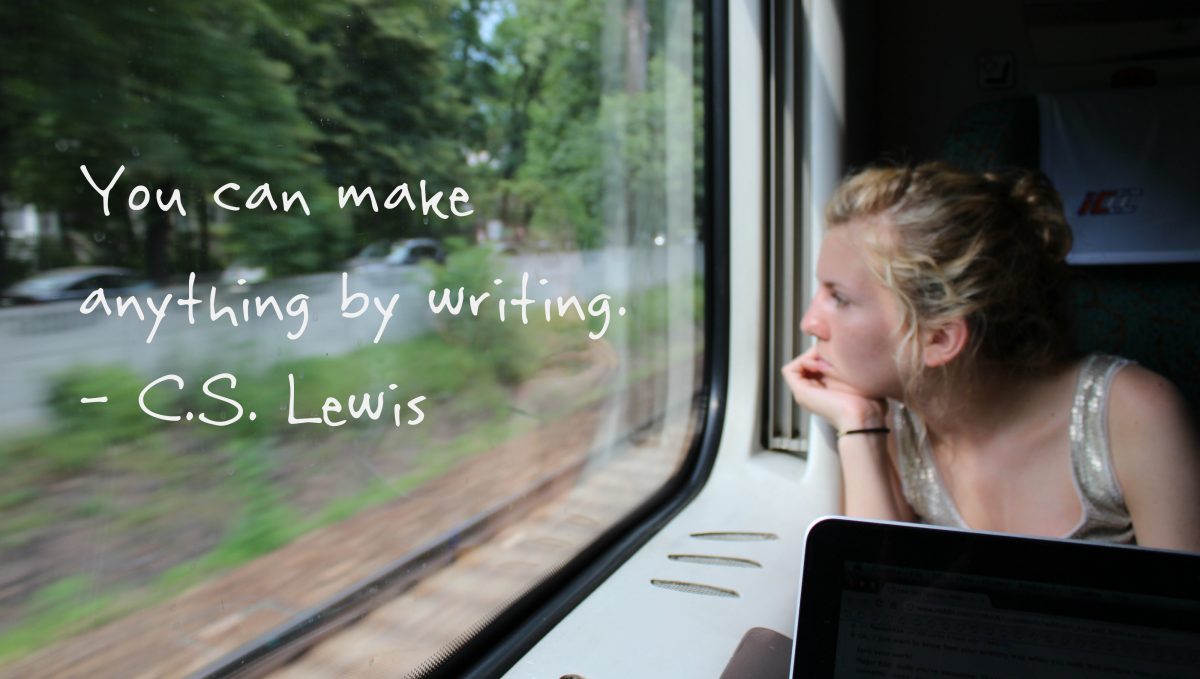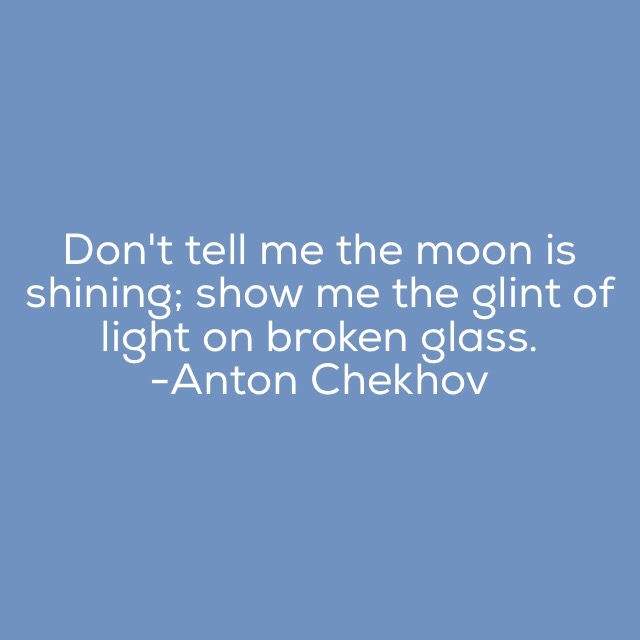I’ve written on similar topics in the past, about how learning to write for the stage and the screen can sharpen your novel writing skills (and vice versa). I really can’t stress enough how well-rounded it can make you, forcing you to acknowledge setting and action in a new way.
I know as a primarily novel writer, I tend to become complacent with my fictional elements. I think I know all there is to know to establish a scene, enhance the tension, insert more writer-y lingo here. But whenever I feel like my head is getting too big for my story (or if I get incredibly stuck on a particular scene and can’t figure out the best way to play it out), I realize it’s time for a medium change.
 And that change in medium is to write it like a movie.
And that change in medium is to write it like a movie.
There are some great sites out there that can teach you how to write a screenplay (Adobe Story is one of them). That’s not what this blog is for. This is really to explain the process your mind goes through as you transfer your readers from their imagination to yours.
When you write a screenplay, your action is direct. The actor needs to know exactly how you see them in this scene – crossing to the door, dropping a plate, laughing uncontrollably.
Sometimes as writers we can get lost in the literary clutter. We try too hard sometimes to make things sound fancy when they really just need to be clear. Stripping down your work to the bare bones gives you that chance to find the skeleton of your story. Once you’re there and you know what you want your audience to see then you can spice it up.
Now the dialogue. That’s the hard part in writing a script for me. There’s not really direction tagged with the dialogue in a script, so your writing needs to make it clear to your actor how the character is feeling. They should be able to pick up on the cues of how to act through what you’re having them do.
The same should be true when you write a novel.
Gasping, crying, laughing, shrieking, murmuring – they’re all wonderful words to describe your characters voices. But are you overusing them in place of expressing those same words through other actions? What if instead of crying out, your character clenched her fists in fear? What if instead of smiling, your character felt the warm bubble in his gut that made his words drip like honey?
This is a lesson I’m learning heavily now as I edit Part 1 of my MG novel and begin writing Part 2. My writing had become stale in the last few chapters. Rather than create a detailed work of art, I had created a sketch, a rendering, of what I wanted my audience to see.
That’s not good enough for me.
Practically, I’ve just transferred my work from a Word Doc into Scrivener by scene. As much as it pains me to do, I’m going to go back, scene by scene, and mentally write my story into a script. Break it down to build it back up.
It’s going to be a painful process, and honestly, I’m going to hate most of it – does anyone really love editing? – but if it produces a better story in the end, I believe it will be worth it.
~Taylor

